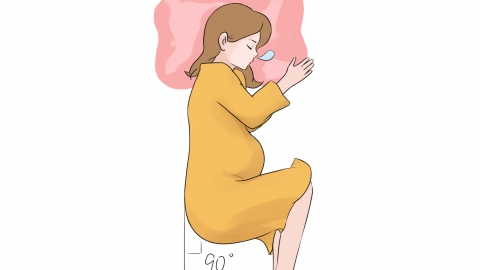How much impact does the radiation from printers have on pregnant women?
Under normal circumstances, the radiation emitted by printers is primarily non-ionizing radiation, with intensity far below the threshold that could cause harm to the human body. It has minimal impact on pregnant women under normal usage conditions. A detailed analysis is as follows:

Non-ionizing radiation differs from ionizing radiation such as X-rays and does not damage cellular DNA structures. The electromagnetic radiation exposure from daily electronic devices generally falls within safe limits, and the radiation emitted by printers is even weaker. Moreover, it is mostly concentrated near the device itself; radiation levels significantly decrease when maintaining a distance of more than one meter.
Currently, there is no evidence indicating that radiation from regular printer use increases risks of fetal malformations or developmental abnormalities. In comparison, the small amount of dust and ozone that may be generated during printer operation deserves more attention, although proper ventilation can effectively mitigate these risks.
Pregnant women need not be overly concerned about printer radiation. During regular use, maintaining an appropriate distance, avoiding prolonged close contact, and ensuring adequate indoor ventilation can further reduce any potential hidden effects. There is no need for excessive worry about radiation hazards to the fetus.




